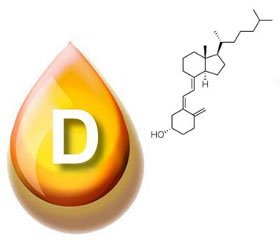Журнал «Боль. Суставы. Позвоночник» 1 (21) 2016
Вернуться к номеру
Assessing vitamin D status: what/when to measure and how to interpret the result
Авторы: Binkley N. - University of Wisconsin Osteoporosis Clinical Research Program, University of Wisconsin School of Medicine and Public Health, Madison, Wisconsin, USA
Рубрики: Ревматология, Травматология и ортопедия
Разделы: Медицинские форумы
Версия для печати
The article was published on p. 67
What constitutes «vitamin D inadequacy» is unclear. Huge numbers of people either do, or do not, have this condition which may, or may not, cause multiple diseases. This chaos ensues from deficient understanding of what constitutes «inadequacy». Currently, an individual’s vitamin D status is assessed by measurement of circulating 25(OH)D; whether this is the correct approach remains to be determined. Efforts to define vitamin D inadequacy to this point have used serum 25(OH)D, but have failed to standardize measurement thereby confounding attempts to develop cut-points to define vitamin D status. The Vitamin D Standardization Program (VDSP) has developed methodology standardize current and future research by use of 25(OH)D assays traceable to these standards. Importantly, VDSP also developed methodology for standardizing prior research; past studies can obtain calibrated 25(OH)D values by re-measuring a statistically defined subset of stored serum samples. Using retrospective calibration alters the prevalence of vitamin D inadequacy; examples will be presented. Failure to utilize standardized 25(OH)D data is destined to maintain the current (chaotic) status quo. Additionally, virtually all vitamin D supplementation clinical trials have inadequacies, importantly inclusion of subjects who do not have low vitamin D status and failure to recognize individual 25(OH)D response to vitamin D supplementation.

